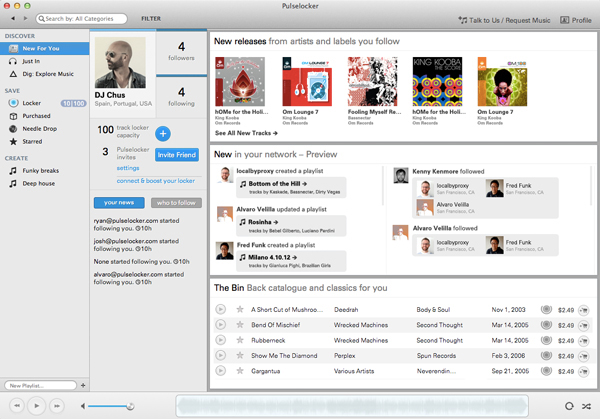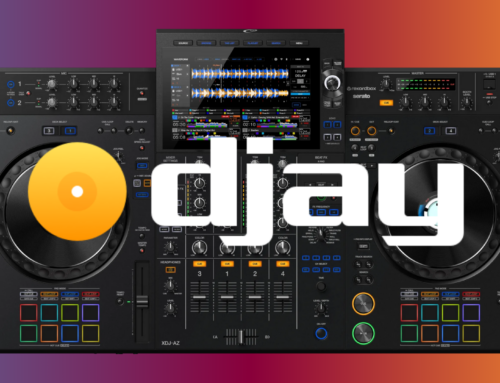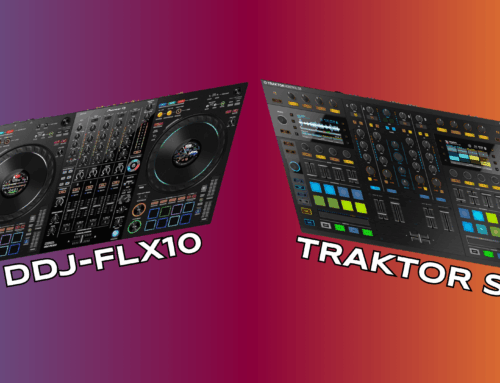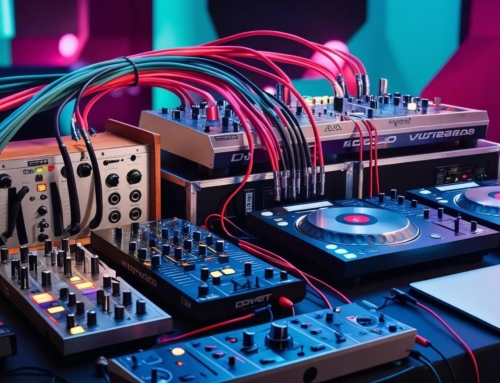 Although starting in January 2011, Pulselocker debuted officially on November 13, 2012 as an on-demand streaming and subscription service for DJs – the first of its kind, it proclaims. Those behind the app have combined the services of Spotify with the diversity of Beatport and iTunes and made the program compatible with Native Instruments Traktor™, Serato Scratch Live™, Serato Itch™, and Serato DJ Intro™. Try before you buy is a two-fold concept, one both beneficial to the DJ and the record companies behind the original track. In a statement, CEO and co-founder Alvaro G. Velilla explained, “Pulselocker was purpose-built for the next generation DJ and gives the unprecedented freedom to discover and enjoy music in new ways. DJs no longer have to spend money on a track they only play once or buy an entire library just to stay current.”
Although starting in January 2011, Pulselocker debuted officially on November 13, 2012 as an on-demand streaming and subscription service for DJs – the first of its kind, it proclaims. Those behind the app have combined the services of Spotify with the diversity of Beatport and iTunes and made the program compatible with Native Instruments Traktor™, Serato Scratch Live™, Serato Itch™, and Serato DJ Intro™. Try before you buy is a two-fold concept, one both beneficial to the DJ and the record companies behind the original track. In a statement, CEO and co-founder Alvaro G. Velilla explained, “Pulselocker was purpose-built for the next generation DJ and gives the unprecedented freedom to discover and enjoy music in new ways. DJs no longer have to spend money on a track they only play once or buy an entire library just to stay current.”
Usability, according to Pulselocker’s website, is extremely simple: just find a song, click to download, and, after starting your software program, drag and drop it just like any other track. All files are 320Kpbs AAC/M4A files and stored in a locker, or separate directdrive. Tracks can only be accessed for mixing once Pulselocker is open and your software activated; from here, you can alter any files in any way you see fit and include the track in your next gig setlist.
Pulselocker, in previewing tracks, stands out compared to Beatport and iTunes. Unlike Beatport and iTunes, the app plays the full track and gives you the chance to see how it works in a set before you actually purchase it. Once you do decide to purchase it, a user pays a flat fee and can move the song from the locker. As of the end of 2012, 5 million tracks across multiple genres – electronic, hip-hop, R&B, and jazz, among others – are supposedly added, and depending upon which subscription service chosen, you can store as many as 1,000 tracks in your locker. For variety, the app has partnered with indie labels INgrooves, Fontana, The Orchard, Believe Digital, PIAS, Valleyarm, Virtual Label, Republic of Music, SRD, and Essential Music. Keep in mind that the program can only be used with Mac OSX computers.
Based on assessments from those who already tried out Pulselocker, the subscription is either extremely affordable or a rip-off. Right now, pricing starts at $10 per month for 10 tracks and has multiple tiers up to $70 per month for 1,000 tracks.
Beyond the whole “play before you buy” novelty, Pulselocker equips the app with more DJ-convenient features. Unlike Beatport, this app lists the BPM and key, offers needle-drop functionality, lists new tracks, allows you to explore its full catalog, lets users tag tracks and make notes, and integrates with social media. The latter of these features provides recommendations based on “liked” Facebook artists and labels and lets DJs follow each other to see what others are playing. In the future, major DJs may be able to upload recently-mixed tracks to the application.
Convenience for the DJ was only part of Pulselocker’s concept, however. Pointed out in the release and later in an interview with TheNextWeb.com, the creators mention they wanted to steer DJs away from Torrents while providing an affordable, easy-to-use app that compensates the labels in the process. About this, CTO Ryan Walsh said, “As DJs and producers, we understand the pains today’s artists and labels face and built a model to help put money back into their pockets.”
Prior to launching the app, Walsh, Velilla, and the rest of Pulselocker’s creators interviewed about 200 DJs to learn about their music habits; while some sought out tracks illegally, they spent $408 yearly, on average, through Beatport.
Yet, every time a DJ tests a track found through a torrent (which can further add a virus or other malware to your system), artists and record labels aren’t compensated. Instead, the app pays an increasing royalty rate every time a subscriber plays, stores, or purchases a track.
Still in beta, Pulselocker is said to be officially finished sometime in early 2013. Although it currently advertises a free subscription service, those trying to test it will be put on a waiting list.
Aside from eventually being available for phones, tablets, and even instruments and compatible with more software than Serato and Traktor, Pulselocker is still going through changes. Its concept, for now, is extremely promising and has possibility to become a widespread, legal service for affordably testing out new music.







